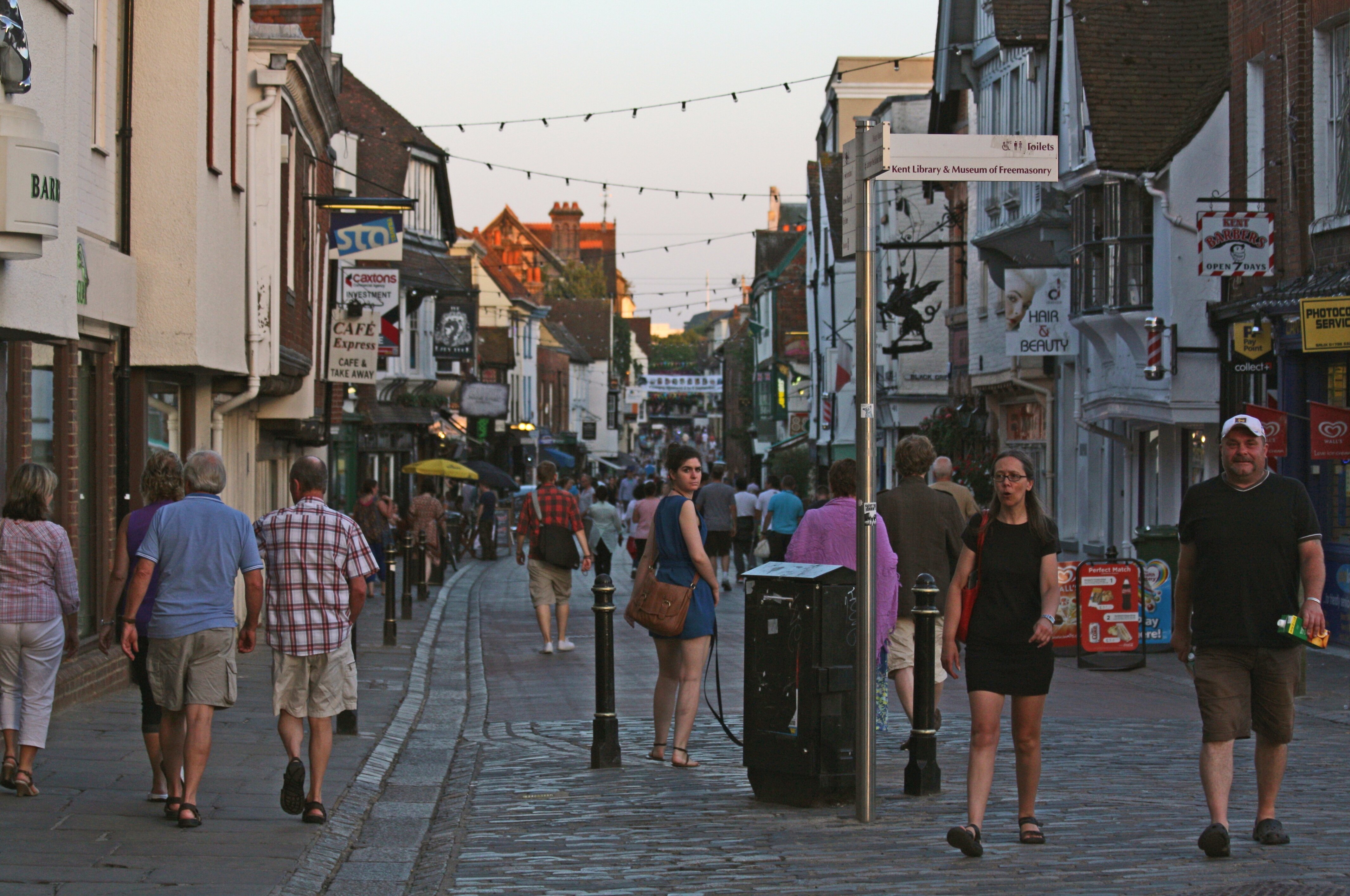
The Northern Powerhouse: A success in progress or just window dressing?
By Alex Miller
Newly released figures show that 44% of northerners have never heard of the key Conservative Party policy of establishing a northern economic powerhouse. Introduced at the end of the last parliament and carried on into this current parliamentary session, it is one of the Chancellor’s flagship policies.
Unfortunately for George Osborne though, the effects of his push to create a strong economic hub in the north are not being felt, with most people not having a clue what the phrase means. A further 20% of people are saying that although they have heard of the policy, they do not know what it means.
James Wharton, Conservative MP for Stockton South and the minister in charge of the northern powerhouse project. Photo: K1210349
Osborne and the Tories want to end the north/south divide in England by investing heavily in infrastructure, industry, and culture in the north, creating strong economic growth which, it is hoped, will attract further private investment. The phrase ‘northern economic powerhouse’ has been around for a while, and is frequently dropped into speeches and triumphantly touted by Tories at Prime Minister’s Questions every Wednesday. The MP for South Stockton, James Wharton, has even been given the role of Northern Powerhouse Minister, with the aim of combining the economic might of the 15 million people of the north into a force that can economically take on the world, and which can be seen as a great place to live, work, and invest.
Personally, I think this is a great idea, because as a nation we should not be so London-centric. The nation should not totally revolve around London, as if it’s the Capitol in The Hunger Games. Disappointingly however, the northern powerhouse program has barely got going.
Increasingly it looks like window dressing for a London and south-east-obsessed Conservative government, who used the powerhouse policy to clinch a few northern votes. There is rampant inequality between the north and the south that could be solved if the northern powerhouse scheme was actually followed through wholeheartedly and thoroughly pushed.
Chancellor of the Exchequer George Osborne. Photo: altogetherfool
It is little wonder that there has been talk in the past about establishing a Parliament of the North and that in last year’s General Election a party called Yorkshire First ran for office. Northern British cities are shrinking, whilst funding for the south increases. In the UK, the government currently spends £69 per person on culture for Londoners, whilst around the rest of England the government currently only spends £4.60 per head. What’s more, infrastructure spending is currently 24 times higher in London than in the north-east and the average house price gap between the north and south recently reached £150,000.
Stepping away from the figures and putting what this means into real terms, London and the south get the new underground train service called Crossrail and the full electrification of the London to Bristol train line, whilst the electrification of the rail line between two key northern cities as part of the powerhouse project, Manchester and Leeds, get their plans shelved, along with the plans to update the Nottingham to Sheffield railway line.
The steel industry in the north is on the verge of total collapse, with Tata and SSI plants closing across the region in areas such a Redcar in the Tees Valley (another supposed key area for the powerhouse scheme), causing thousands of people to drop into unemployment and poverty. In reality, the northern economic powerhouse policy is a long way from being pursued in full, with Liverpool and Manchester the only cities to really get any increased funding. What’s more, life expectancy in the south for the wealthiest is 83 and 86 for men and women respectively, whereas in the north-west it is just 74 and 79, and shows no signs of changing.
The extent of the powerhouse policy so far has been to devolve some power to the cities of Manchester and Liverpool, and to establish elected mayors for these cities. These policies roll out in 2017 and will bring increased funding for the regions, along with greater control over how their NHS services are run. Osborne did commit to a further £15 billion infrastructure investment package for the north also, which includes plans to update the A1, overhaul outdated northern railway stations, and invest in local ports. HS2, the proposed high-speed rail link between London and Manchester, equally hopes to cut journey times between the cities in half, and £110 million has been set aside for a new theatre to be built in the heart of Manchester.
Trinity Bridge over the River Irwell in Greater Manchester Photo: David Dixon
The concern though is that these promises will fall through, they’re not happening soon enough, and all they are doing is turning Manchester into a new mini London. The focus is less on the north, and the government are merely making a Mancunian powerhouse, a twin city for London. 50% of northerners said that they believed the powerhouse scheme would boost the northern economy, and they may very well be right, but the government’s plan to mobilise the whole of the north into a force that can compete globally and be a rival to the economic hubs of Europe seems a very long way off. As things stand, the northern powerhouse scheme is window dressing to kowtow to the rest of the nation who live 100 miles north of London and outside the home counties.
The powerhouse scheme is something the government like the sound of but are truly unwilling to put any serious time, money, and effort into. As it stands the inequality gap between the north and the south isn’t closing anytime soon, and without comprehensive rail improvements in the north and sustained and targeted funding outside of not only London but Manchester too, things will not be changing.
Manchester may start to blossom in the near future, but sadly nowhere else will, and the northern economic powerhouse scheme is set to become another great idea that was never pursued. The benefits of the scheme are almost unending, for people who live in both the north and the south of England, but right now it really is little wonder why a great many people of the north have never heard of the powerhouse scheme.






























Yorkshire First, the North East Party, and the Lancs based Northern Party all stood in the General election. Yorkshire First stood in the EU election in 2014 after being set up just 6 weeks before and gained 1.5% of the vote. A higher percentage in our first election than , Plaid, Greens and Ukip got in their first elections.
A tipping point will be reached and the national parties will reap the reward they deserve for negligence.
The ‘north’ is not Manchester however hard the BBC and govt try to make it so. It is time for real change… It’s time for Yorkshire. We have a bigger population than Scotland and an economy twice that of Wales but with the powers of neither. This will and has to change to build a stronger UK that works for all parts and regions. A Yorkshire with tried and tested powers similar to Scotland is the clear answer and desire…when people are asked. No to imposed cosy deals between local elites and national government. The people must have a say